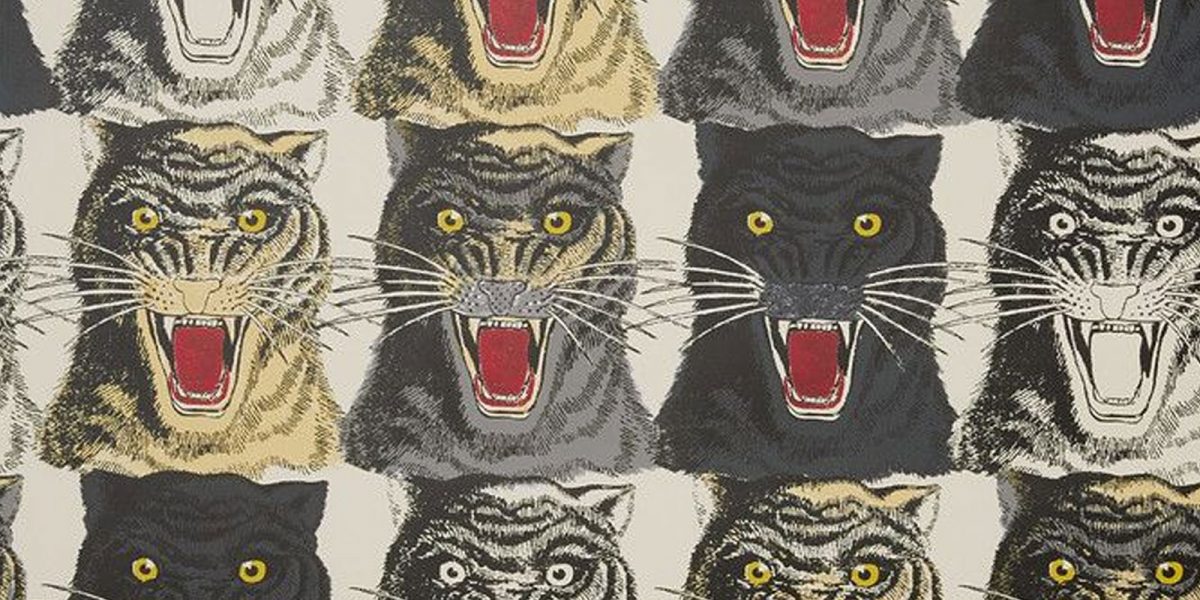What Brands can learn from the fashion darling’s stellar success story.
“As always, make sure to share and subscribe to my channel. Gucci!”. That’s how Eight Grade’s lead character Kayla (Elsie Fisher) ends every one of her YouTube videos. Is that how you know you’ve made it as a brand? When teen girls use your company name as the epitome of cool? For Gucci, that may as well be the case.
In the mere five years since Alessandro Michele took the reigns as the Creative Director of the brand, Gucci has surged from £3 billion in 2014 to £5.3 billion in 2017. In the first quarter of 2018, the luxury brand reported nearly £1.7 billion in sales revenue, up 48.7% compared to the same period the previous year.
To understand the factors that made Gucci a mind-blowing success story in the luxury fashion sector, customer agency LIDA hosted an insightful event uncovering the lessons brands can learn from the creative powerhouse.
Hosted by Ben Golik, Chief Creative Officer at customer agency LIDA, part of M&C Saatchi Group, and featuring panelists Dylan Jones, Editor of GQ, Vonnie Alexander, Founder of I Am and Kristy McCready, Global Director of PR, Media & Marketing Services at Walgreens Boots Alliance, the breakfast event explored Gucci’s brand and business transformation. Read below for some of our key takeaways.”

QUESTION THE VALUE OF SMALL STEPS
Gucci didn’t reinvent in small steps. It made the leap into the new brand era with a single catwalk show. Every single one that followed was simply building onto the first grand manifestation of this new chapter for the brand, bringing huge commercial success. As Fashionista rightly put it, “It seems that the more “Gucci” Gucci gets, the more it grows. With every collection and ad campaign, Alessandro Michele leans further and further into his retro-maximalist aesthetic, and rather than tire of it, customers ostensibly can’t get enough.”
When looking to turn a brand around, or change direction, ask yourself this: Do you set your sights too low by when seeking incremental gains from incremental shifts? And what steps could you skip to accelerate the change and get further, faster?
EMPOWERED PEOPLE MOVE MORE QUICKLY
One of the key principles that Golik mentioned is the time / trust equation which means that the more you trust and empower people to do the right thing, the less time it takes you to create the change you want. If every decision goes through every person, little moves fast. Gucci has removed bottlenecks by empowering internal staff and external partners. Having the right talent, and trusting them, is key to building an organisation where everyone’s ideas matter.
It’s no coincidence that Creative Director Alessandro Michele has become part of the Gucci brand, as have his many muses and collaborators. Remember that people buy from people, and think about who in your organisation you can celebrate and elevate to make your brand more personal.
BRAND GUIDELINES ARE NOT A BRAND
A learning that should be ingrained in every marketer’s mind. Yes, brand guidelines are important. But they are not your brand. As they say, you need to know the rules to break them.
The Gucci wordmark has been twisted, stitched, flipped and graffitied, with each iteration attracting audiences and adding commercial value. It is breaking brand guidelines that have unlocked opportunities.
Take the Gucci Ghost case study, for example. An unlikely Halloween costume emergency led to multimedia artist Trevor Andrew creating Gucci Ghost – a mixed media art project featuring naive illustrations of a ghost emblem entwined with linked G’s and Gucci monograms. Between 2013 and 2016, these could be seen on walls in New York, canvases and clothing. Instead of shutting him off and threatening with legal actions (something that a lot of panicked luxury brands would do), Gucci’s Alessandro Michele invited Andrew as an official collaborator to create a collection inspired by street art. “There were no crazy guidelines that I had to follow,” Andrew told W Magazine. “It was like, come in, create, and let’s have fun.”
Embracing differences doesn’t dilute the brand. It makes it easier for people to find and access it in many different ways. A brand’s strength is better measured by how far you can stretch it, rather than how tightly you can control it.

UNDERSTAND THAT CULTURE IS CYCLICAL
Becoming part of culture is the Holy Grail for brands but unfortunately, in the majority of cases, they simply take something from culture and make a branded version of it. Instead of stamping a logo on culturally-relevant items and ideas, Gucci has understood that culture is cyclical – you have to give something back to become a part of it.
A great example of this is the evolution of the brand’s relationship with Dapper Dan. The Harlem-based designer and tailor gained notoriety for reworking street style pieces with the logos of luxury fashion houses, including Gucci. In the early 90s, Dap was forced out of business after Fendi took legal action against him. Gucci’s response? In 2017, Alessandro Michele created a knock-off of Dap’s Gucci knock-offs, and in 2018, the two worked on a collaborative vintage collection. Not just that, but the Italian fashion house turned Dap’s Harlem atelier into a million-dollar studio offering bespoke garments custom-made by private appointment using special Gucci fabrics, prints, embroidered patches and hardware.
The mix of high and low parts of culture has let Gucci become inclusive without losing its exclusivity and has reached new audiences without alienating old ones.
IT’S OKAY TO FAIL FAST IF YOU FIX FASTER
Gucci’s universe is not all rosy. Earlier this year, the brand put out a blackface balaclava jumper, resulting in a backlash from the public and celebrities (including Dapper Dan). Following the scandal, the brand acknowledged and apologised for the mistake. While it’s good to respond to social outcries, another key lesson from the success of Gucci is the importance of turning social listening into social action.
Shortly after, the fashion house appointed its first chief of diversity and inclusion, as well as the first four initiatives from a long-term plan of actions designed to further embed cultural diversity and awareness in the company. Such swift responses that combine apology with action has shown that the brand is accountable for its mishaps and listens to the public, making it feel included.
With its newly welcoming approach, Gucci has brought warmth into a sector that has historically been associated with a sense of distance and exclusivity. That said, the strategies it has used are in no way reserved for the luxury sector. Brands across the board (in fashion, and beyond) can use creativity to ignite deeper emotional connections with their audiences.
As published by Interlaced



